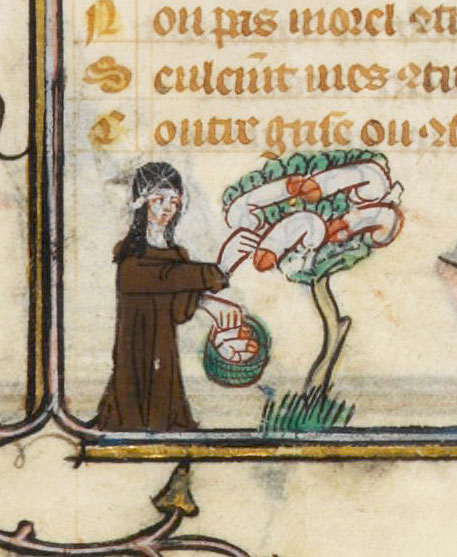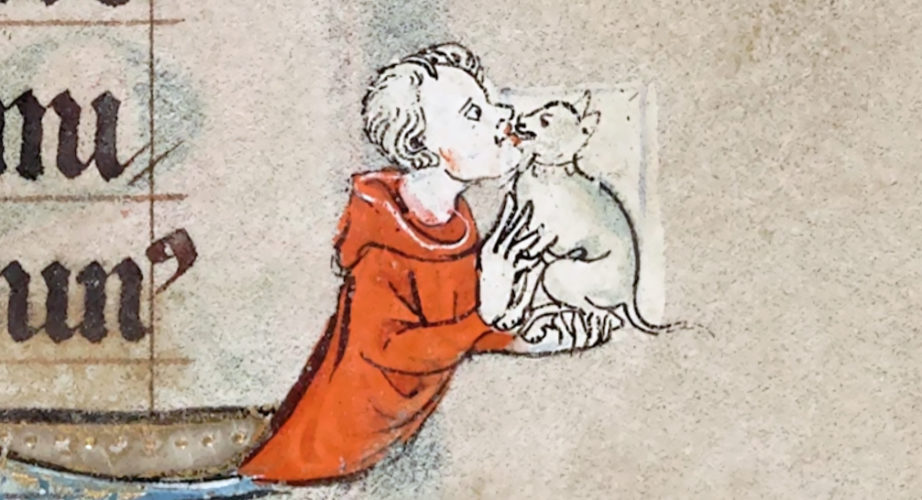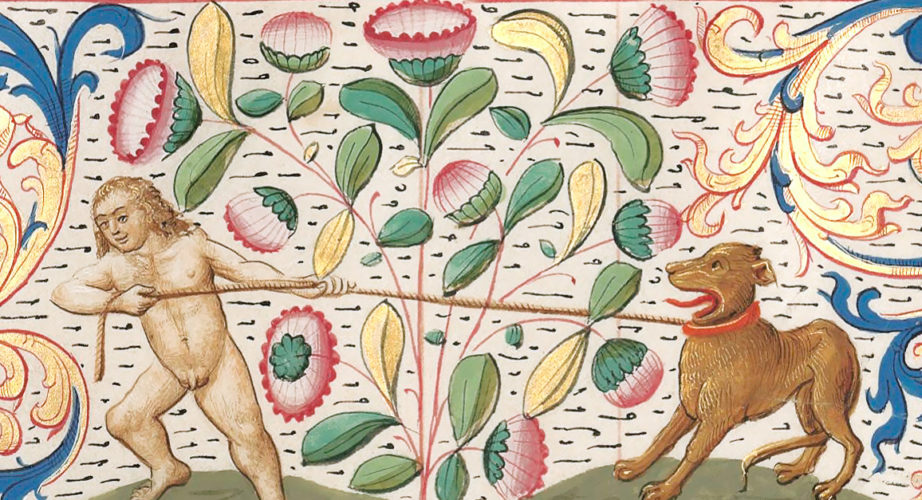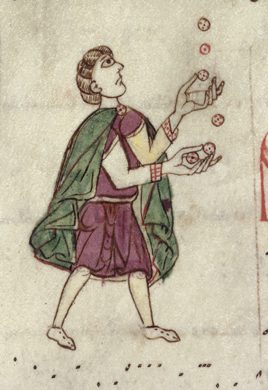COLLEZIONISTI
 L'albero del fallo è un motivo artistico comune nell'Europa orientale durante il tardo Medioevo e inizio del Rinascimento. Il suo concreto significato è vago, ma appare in bronzo, manoscritto illuminato e dipinto; manifesta un lubrico e licenzioso humour, parodia religiosa, commento politico (la massa marittima murale toscana, con falli di grandi dimensioni, alcuni eretti, completi nelle loro forme, era una propaganda dei Guelfi come avvertimento che se ai Ghibellini fosse stato concesso la presa del potere e del controllo, avrebbero portato con sè anche perversione sessuale e stregonerie).
The phallus tree was an art motif common in Western Europe during the late Middle Ages and the beginning of the Renaissance. Its concrete significance is hazy, but it appeared in bronze, illuminated manuscript, and paint; it manifested as bawdy humour, religious parody, political comment (the Tuscan Massa Marittima mural, featuring oversized palluses, some erect, complete with testes, was Guelph propaganda warning that if the Ghibellines were allowed to take control, they would bring with them sexual perversion and witchcraft).
L'albero del fallo è un motivo artistico comune nell'Europa orientale durante il tardo Medioevo e inizio del Rinascimento. Il suo concreto significato è vago, ma appare in bronzo, manoscritto illuminato e dipinto; manifesta un lubrico e licenzioso humour, parodia religiosa, commento politico (la massa marittima murale toscana, con falli di grandi dimensioni, alcuni eretti, completi nelle loro forme, era una propaganda dei Guelfi come avvertimento che se ai Ghibellini fosse stato concesso la presa del potere e del controllo, avrebbero portato con sè anche perversione sessuale e stregonerie).
The phallus tree was an art motif common in Western Europe during the late Middle Ages and the beginning of the Renaissance. Its concrete significance is hazy, but it appeared in bronze, illuminated manuscript, and paint; it manifested as bawdy humour, religious parody, political comment (the Tuscan Massa Marittima mural, featuring oversized palluses, some erect, complete with testes, was Guelph propaganda warning that if the Ghibellines were allowed to take control, they would bring with them sexual perversion and witchcraft).
Post consigliati
Vero Amore
È San Valentino e vi sentite un po' soli? Se il futuro da…
Dal veterinario
Miniatura tratta da un Messale Romano, ms. Latin 16827, c. 52v, 1492, Département des manuscrits, Bibliothèque…
IL GIOCOLIERE
Miniatura tratta dal manoscritto “Graduale di Santo Stefano di Tolosa”, ms. Harley 4951,…


